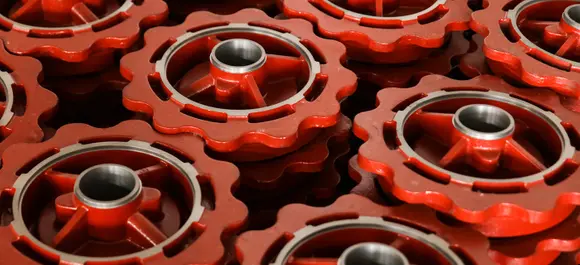Mobile:+86-311-808-126-83
Email:info@ydcastings.com
Alternative Solutions for Securing Hose Terminations with Durable End Caps and Fittings
Hose End Cap An Essential Component for Fluid Management
In the world of fluid management, the hose end cap is a small yet crucial component that plays a significant role in ensuring efficiency and safety. Whether used in agricultural irrigation systems, industrial applications, or everyday household tasks, hose end caps provide vital functions that help maintain the integrity of hoses and prevent leakage.
Understanding Hose End Caps
A hose end cap is essentially a fitting that is attached to the end of a hose to seal off its open end. Typically made from durable materials such as plastic, rubber, or metal, hose end caps come in various sizes and designs to fit different hose types and environments. The design of a hose end cap usually includes threaded or slip fittings to secure it tightly to the hose. This variety ensures compatibility with an array of applications, making hose end caps a versatile choice for fluid containment.
Importance in Fluid Management Systems
The primary purpose of a hose end cap is to prevent fluid from leaking out of the hose when it is not in use. This function is particularly important in agricultural settings where hoses are employed for irrigation purposes. A well-sealed hose helps to conserve water and maintain the desired moisture levels in the soil. Moreover, in industrial applications, hose end caps prevent the accidental spillage of hazardous materials, thereby promoting workplace safety and environmental protection.
hose end cap

In addition to leak prevention, hose end caps are essential for protecting the hose itself. When a hose is not in use, leaving it open can lead to damage from debris, dirt, or moisture entering the hose, which can compromise the quality of the fluid being transported. Using hose end caps can significantly extend the lifespan of hoses by preventing these potential damages.
Applications of Hose End Caps
Hose end caps find applications across various fields. In agriculture, they are used extensively in irrigation systems to manage water flow and prevent waste. In the oil and gas industry, hose end caps are critical for ensuring that hazardous fluids do not leak during storage and transportation. Furthermore, in residential settings, homeowners often use hose end caps for garden hoses during the off-season to prevent dirt and insects from entering the hose.
The versatility of hose end caps is also evident in their adaptability to different materials and environments. For instance, caps made from UV-resistant plastic are ideal for outdoor use, while metal caps are better suited for high-pressure applications in industrial settings. This adaptability minimizes the risk of material degradation over time, ensuring that the hose end cap continues to perform effectively.
Conclusion
In conclusion, hose end caps may seem like a minor component in the grand scheme of fluid management, but their role is undeniably significant. By preventing leaks, protecting hoses, and ensuring safety, hose end caps contribute to the efficient management of fluids in various applications. Whether you are a farmer managing a complex irrigation system, an industrial worker handling hazardous materials, or a homeowner tending to a garden, investing in quality hose end caps is essential for maintaining operational integrity and promoting environmental responsibility. As technology and materials continue to advance, we can expect even more innovative designs and functionalities in hose end caps, further enhancing their role in fluid management systems.
-
What Makes Stainless Steel Pump Casting Essential for Modern Industries?NewsJul.14,2025
-
Revolutionize Your Engine Maintenance with Premium Aluminum and Cast Iron ComponentsNewsJul.14,2025
-
Precision Flow Engineering Starts with the Right Pump ComponentsNewsJul.14,2025
-
Maximize Efficiency: Explore Reliable Containment and Crop SolutionsNewsJul.14,2025
-
Discover Superior Performance with Advanced Turbo ComponentsNewsJul.14,2025
-
Boost Fluid Dynamics with Precision-Engineered Pump ComponentsNewsJul.14,2025











